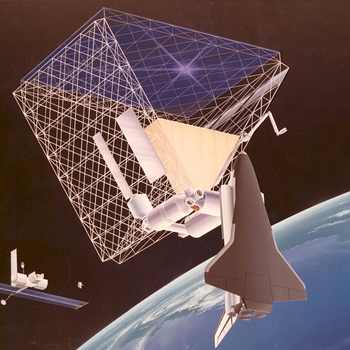Particles *P* and *Q* move on a line of greatest slope of a smooth inclined plane. *P* is released from rest at a point *O* on the line and 2s later passes through the point *A* with speed #3.5ms^-1#. (i) Find the acceleration of *P* and the angle?
Particles P and Q move on a line of greatest slope of a smooth inclined plane. P is released from rest at a point O on the line and 2s later passes through the point A with speed #3.5ms^-1# .
(i) Find the acceleration of P and the angle of inclination of the plane.
At the instant that P passes through A the particle Q is released from rest at O . At time t s after Q is released from O, the particles P and Q are 4,9m apart.
(ii) Find the value of t
Particles P and Q move on a line of greatest slope of a smooth inclined plane. P is released from rest at a point O on the line and 2s later passes through the point A with speed
(i) Find the acceleration of P and the angle of inclination of the plane.
At the instant that P passes through A the particle Q is released from rest at O . At time t s after Q is released from O, the particles P and Q are 4,9m apart.
(ii) Find the value of t
1 Answer
acceleration of P =
Angle of inclination,
t= 0.4 s
Explanation:
P is released from rest on the incline making an angle
with horizontal.
Initial velocity u=0 final velocity v = 3,5 m/s
time elapsed = 2 s
v= u + a. t
3.5 m/s = 0 + a . 2 s
acceleration along the incline a = (3.5/2) = 1.75
as P is travelling along the incline
the component of mg along incline mg sin
therefore the acceleration along the incline a =
g.sin
therefore the angle of incline
After 2 s the particle Q is released from O when particle P was at A;
OA = S = (1/2) .a.
at A the particle P is moving with speed 3.5 m/s and if Q is released at this instant ..both are moving with same acceleration
and after t sec the separation is 4.9 m
Additional distance covered = 4.9 - 3.5 = 1.4 m
therefore in t sec the particle P must have travelled the additional distance 1.4 m with the same speed 3.5 m/s ; therefore
t= 1.4 / 3.5 = 0.4 sec.
as the two particle are moving with same acceleration
any additional distance covered by them due to accelerated motion
would be same and would not contribute in separation distance .**

